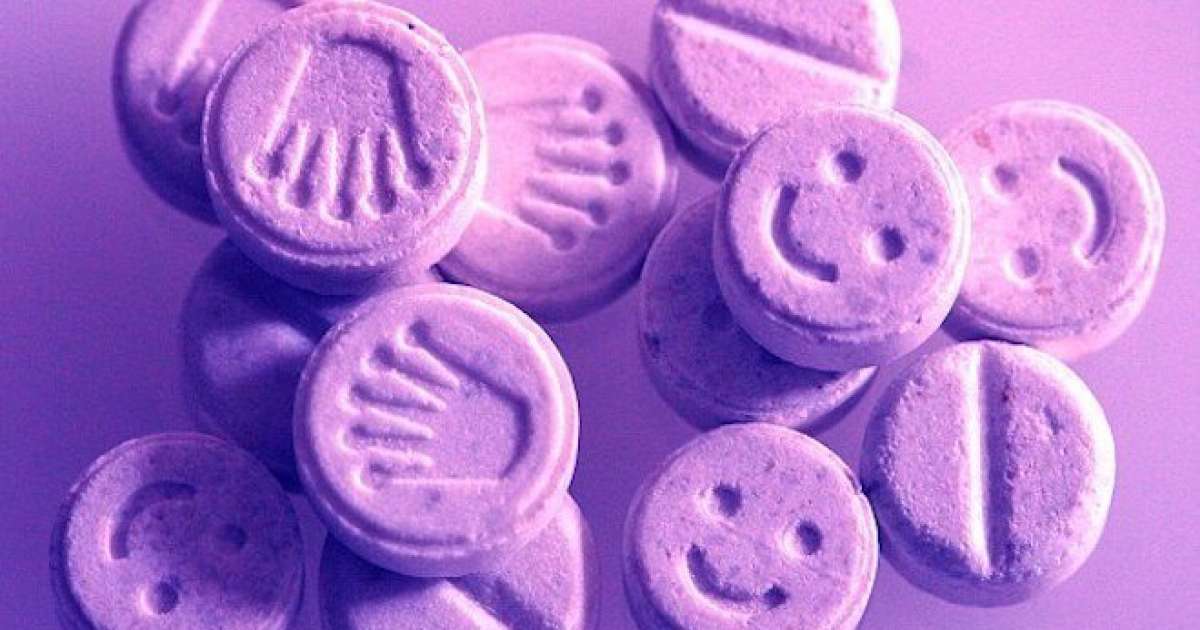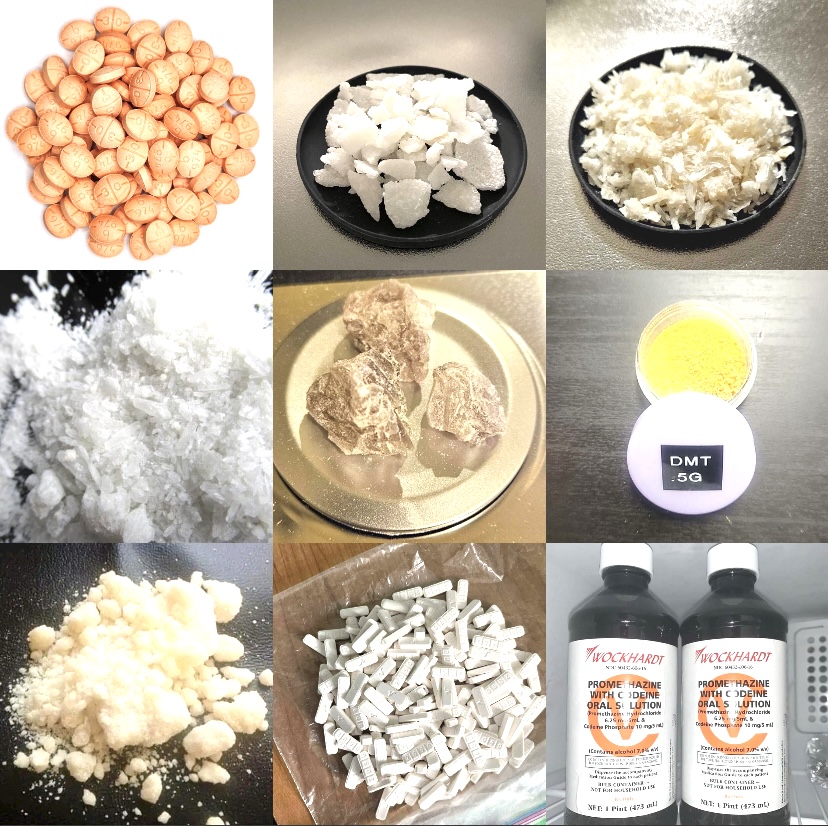Currently Empty: $0.00

MDMA Be Purple, MDMA, commonly known as ecstasy or molly, is a popular recreational drug known for its euphoric and empathogenic effects. It’s typically found in tablet or powder form, and one of the questions that often arises is: “Can MDMA be purple?” The answer is yes, MDMA can come in various colors, including purple. However, the color of MDMA does not necessarily indicate its purity, safety, or potency. This blog post will explore why MDMA comes in different colors, the implications of these color variations, and how to stay safe.
Why Does MDMA Come in Different Colors?
MDMA can appear in various colors for several reasons:
- Additives and Fillers:
- Manufacturers often add dyes or other substances to distinguish their product or make it more appealing. These additives can result in a range of colors, including purple.
- Branding:
- Some producers color their MDMA to create a brand identity, making their product easily recognizable among users.
- Chemical Reactions:
- The synthesis process can sometimes lead to color variations depending on the chemicals and methods used.
- Impurities:
- The presence of impurities or other substances mixed with MDMA can affect its color. These impurities can come from the manufacturing process or intentional adulteration.
Does Color Indicate Quality or Purity?
The color of MDMA is not a reliable indicator of its quality, purity, or safety. Here’s why:
- Misleading Appearance:
- Just because MDMA is a certain color, such as purple, does not mean it is pure or free from harmful substances. Color can be added for aesthetic reasons without affecting the drug’s chemical composition.
- Adulteration:
- MDMA is often mixed with other substances, which can be dangerous. These adulterants can include other stimulants, psychedelics, or harmful chemicals that affect the drug’s appearance and increase health risks.
- Inconsistent Dosage:
- Color does not indicate the concentration of MDMA in a tablet or powder. Different batches, even if they appear the same, can have varying levels of the active ingredient.
Safety Concerns with Colored MDMA
- Unknown Substances:
- Taking colored MDMA, such as purple MDMA, increases the risk of ingesting unknown and potentially harmful substances. Adulterants can cause severe adverse reactions, including dangerous interactions with other drugs.
- Overdose Risk:
- Without knowing the exact composition and concentration, users risk taking too much, leading to overdose. Symptoms of MDMA overdose can include high blood pressure, seizures, hyperthermia, and in severe cases, death.
- Health Impacts:
- MDMA itself can cause various health issues, including dehydration, electrolyte imbalance, hyperthermia, and serotonin syndrome. The presence of additional unknown substances can exacerbate these risks.
Harm Reduction Strategies
If you choose to use MDMA, follow these harm reduction strategies to minimize risks:
- Test Your Substance:
- Use reagent testing kits to check for the presence of MDMA and potential adulterants. While not foolproof, testing can provide some insight into the substance’s composition.
- Start with a Low Dose:
- Begin with a small amount to gauge its effects and reduce the risk of overdose.
- Stay Hydrated:
- Drink water regularly, but avoid excessive amounts to prevent water intoxication. Electrolyte drinks can also help maintain balance.
- Take Breaks:
- Avoid continuous dancing or physical activity. Take regular breaks to cool down and rest.
- Use in a Safe Environment:
- Stay with trusted friends in a safe environment where help is available if needed.
- Be Informed:
- Educate yourself about the effects, risks, and safe practices associated with MDMA use. Knowledge is a powerful tool in reducing harm.
Seeking Help
If you or someone you know is struggling with substance use or addiction, seek professional help. Resources include healthcare providers, addiction specialists, and support groups like Narcotics Anonymous (NA).
Conclusion
MDMA can come in various colors, including purple, due to additives, branding, chemical reactions, and impurities. However, color is not a reliable indicator of quality, purity, or safety. Understanding the risks associated with colored MDMA and following harm reduction strategies can help minimize the dangers. Always prioritize your health and safety, and seek professional help if needed.


